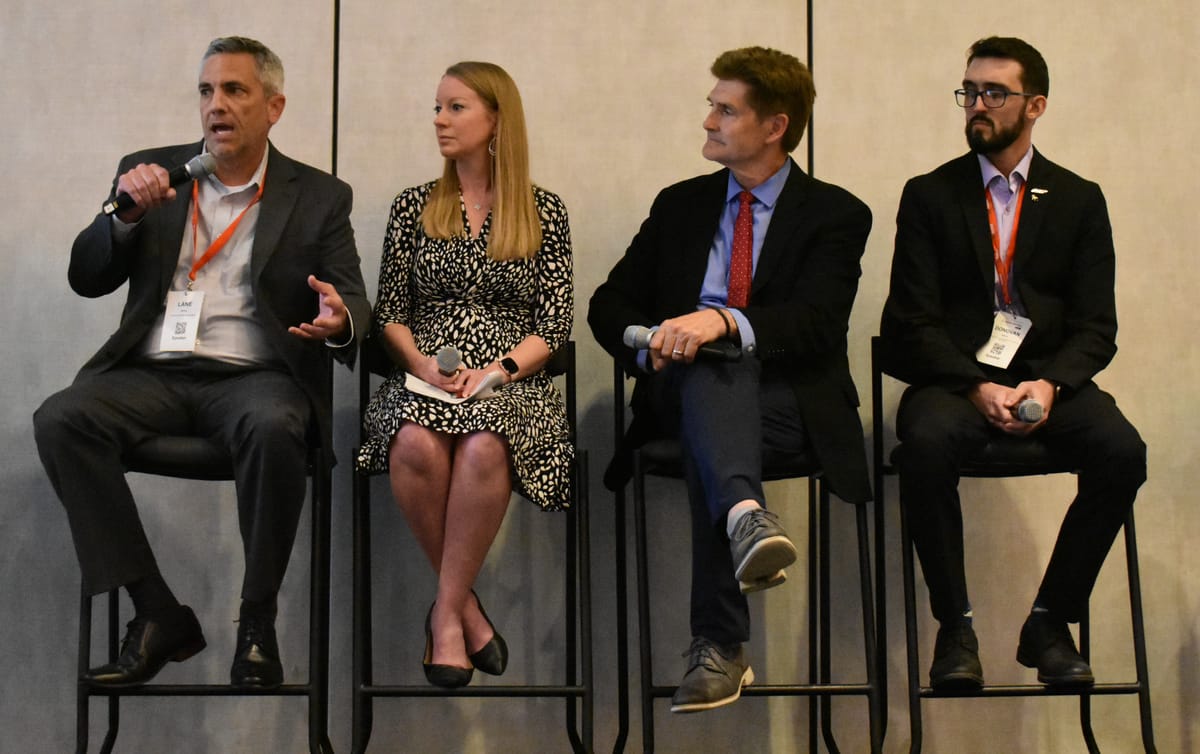States Gear Up for Subgrantee Selection in $42.5 Billion Federal Broadband Expansion
Arkansas and Tennessee now expect to service thousands fewer locations than originally anticipated through the BEAD program.
Jericho Casper

HOUSTON, May 13, 2024 – As the U.S. government rolls out a critical $42.5 billion initiative to provide high-speed internet nationwide, Arkansas and Tennessee are adjusting their projections, expecting to service fewer locations than initially planned.
This revision is part of broader efforts by state broadband offices to refine cost analyses in preparation for selecting grant recipients under the Broadband Equity, Access, and Deployment program.
In Arkansas, the revised model now estimates that the state will reach 90 percent of its currently underserved and unserved locations with fiber-to-the-home, utilizing $800 million of its $1.02 billion BEAD allotment. The state office projects less than 113,000 locations to need BEAD funding, a significant decrease from the initial estimate of 190,000.
During a panel at the Broadband Communities Summit, Lane Bailey, deputy director of the Arkansas State Broadband Office, expressed the ongoing revisions. "Our modeling is kind of off the rails right now, and we're taking another look," Bailey said, highlighting the incorporation of feedback uncovered during the 'challenge process'—a phase where the accuracy of federal broadband availability data is vetted through public and private feedback.
During Arkansas's initial challenge acceptance phase, the state received 900 challenges impacting 76,000 locations, with nearly half of these challenges originating from public governments and nonprofit organizations. Given that most challenges were issued by providers intending to deploy broadband, the state office anticipates that findings from the challenge process will lead to a reduction in the number of locations eligible for BEAD funding.
Notably, in response to a letter from Arkansas state director Glen Howie, nineteen of 20 recipients of another federal program confirmed they will follow through with deployment commitments made in the state under the Rural Digital Opportunity Fund.
Similarly, in Tennessee, the state office finds itself in a promising position, likely with funds to spare, according to Donovan Spann, broadband infrastructure coordinator for the Tennessee Department of Economic and Community Development.
"Initially, we were targeting 250,000 locations, with $813.3 million in [BEAD] funding to cover those,” Spann said. A year into the project, Tennessee has successfully addressed nearly 200,000 of these unserved and underserved locations utilizing a combination of state and federal funds along with private investments. The state now has just 54,000 locations left to address, Spann said.
Spann noted that the projections depend on RDOF recipients in the state fulfilling their commitments. "We have counties that are almost entirely dependent on RDOF," Spann remarked, acknowledging uncertainties about the current situation as providers continue to default on awards received through the broadband grant program. Most recently Charter handed back thousands of RDOF locations in three states
"We're not entirely sure of the state of all that," he added, suggesting that some counties might require a second or even a third round of funding due to these ongoing uncertainties.
Spann expressed optimism about the next phase: saying the office is now working to serve all community anchor institutions in the state with gigabit-level services. Tennessee's challenge process started Tuesday and will run with a 75-day window.
The BEAD program's administrative body, the National Telecommunications and Information Administration, is currently reviewing volume two draft plans submitted by all 56 states and territories. The approval of these plans by NTIA is a pivotal step that enables states and territories to begin the subgrantee selection process under BEAD, said Jennifer Harris, federal program officer for Texas at the NTIA.
States have 365 days from the time NTIA approves their volume two draft to conduct additional local coordination, complete the subgrantee selection process, and submit a final proposal to NTIA. To date, four states received the go-ahead to distribute subgrants, with awards expected later this year.
Justin Fazzari, a senior broadband strategist at Sanborn Geospatial, emphasized that state cost modeling will be an ongoing, evolving process. He highlighted models should be continuously updated to refine their accuracy over time, especially as new data emerges from processes like the challenge process.
Permitting issues and environmental concerns
Harris reported permitting issues and environmental concerns are proving to be significant obstacles for states in the rollout of broadband infrastructure.
"Permitting could cause delays," Harris noted, emphasizing potential barriers posed by state and local permitting laws. "We need to encourage states to really examine state permitting laws, and local governments to scrutinize their own, because these can sometimes be just as big a barrier as the federal ones."
NTIA is responding to these challenges by developing resources to assist grant recipients, like a permitting and environmental mapping tool released in March. The administration is expected to release further guidance on permitting and the use of alternative technologies soon.








